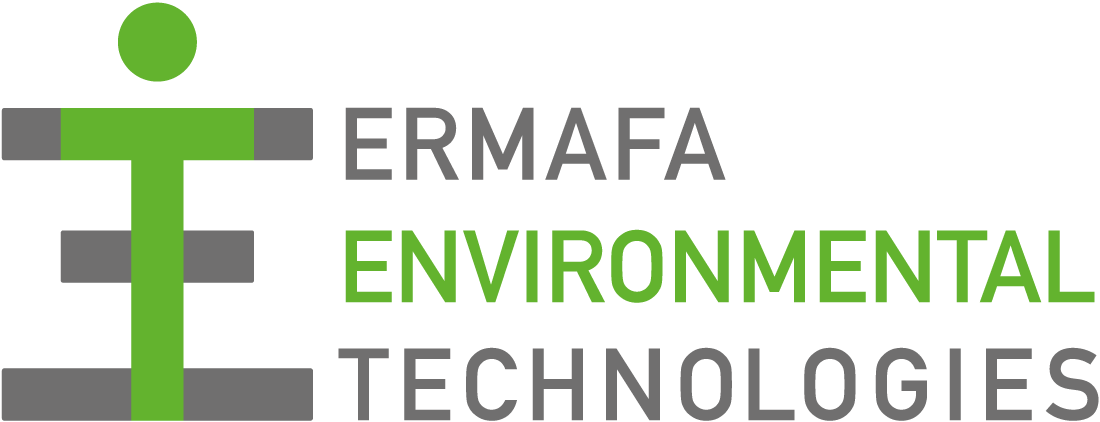BACS – BATTERY AUTOCLAVE CUTTING SYSTEM
Today we can shape the world of tomorrow
The raw materials of this world are finite. The key to ensuring future secure access to raw materials is economic and environmental sustainability. Consequently, we develop efficient solutions to recycle raw materials in an environmentally friendly and safe way.
Especially batteries and rechargeable batteries contain considerable rare and valuable raw materials, which is why a circular economy and foresight are essential. With the BACS impact reactor secondary raw materials are separated simply and purely mechanically
BATTERY RECYCLING STATE OF THE ART
MINING SECONDARY RAW MATERIALS FROM LITHIUM ION BATTERIES
With the development and use of recycling technologies, valuable raw materials can be reused. Consequently, recycling reduces dependencies on finite resources and environmental pollution.
We are making an important contribution to shaping a sustainable future by creating a material cycle that works in the long term. We show that sustainability and profitability can go hand in hand.
THE HERO ACHIEVES ZERO
ZERO WASTE, ZERO WASTE OF ENERGY AND FULL PERFORMANCE
The complete discharge technology is installed in a 19″ rack, can be moved on castors and can also be transported to other locations. Operation can be realized without a separate electrical operating room with just one 32A socket (plug-and-play). It is controlled via an integrated tablet.
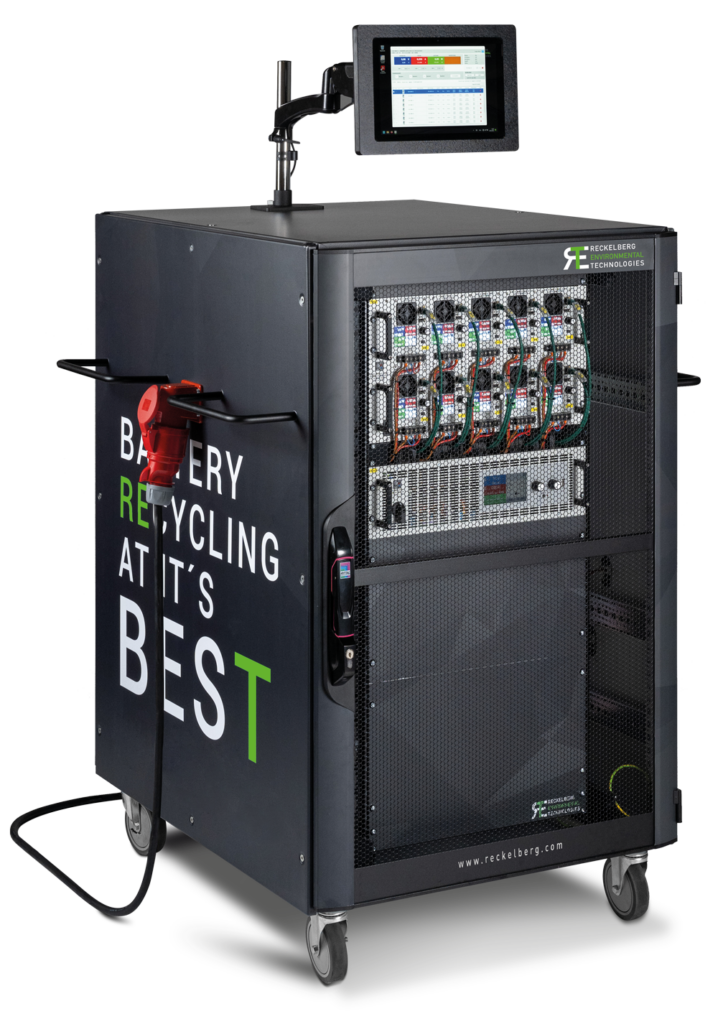
TEAM BACS
FROM WASTE TO BLACK MASS
Battery recycling ain’t battery recycling. Separating raw materials ecologically and refining them economically enables value for money. If you know how ;-)

THE BACS recycling process
based on many years of experience in battery recycling
All current lithium-ion batteries can be safely and effectively recycled in an efficient, clean process using state-of-the-art technologies. The various production wastes, which will account for a large part of the return quantities in the coming years, can also be reliably broken down and returned to the industry.
Discharge
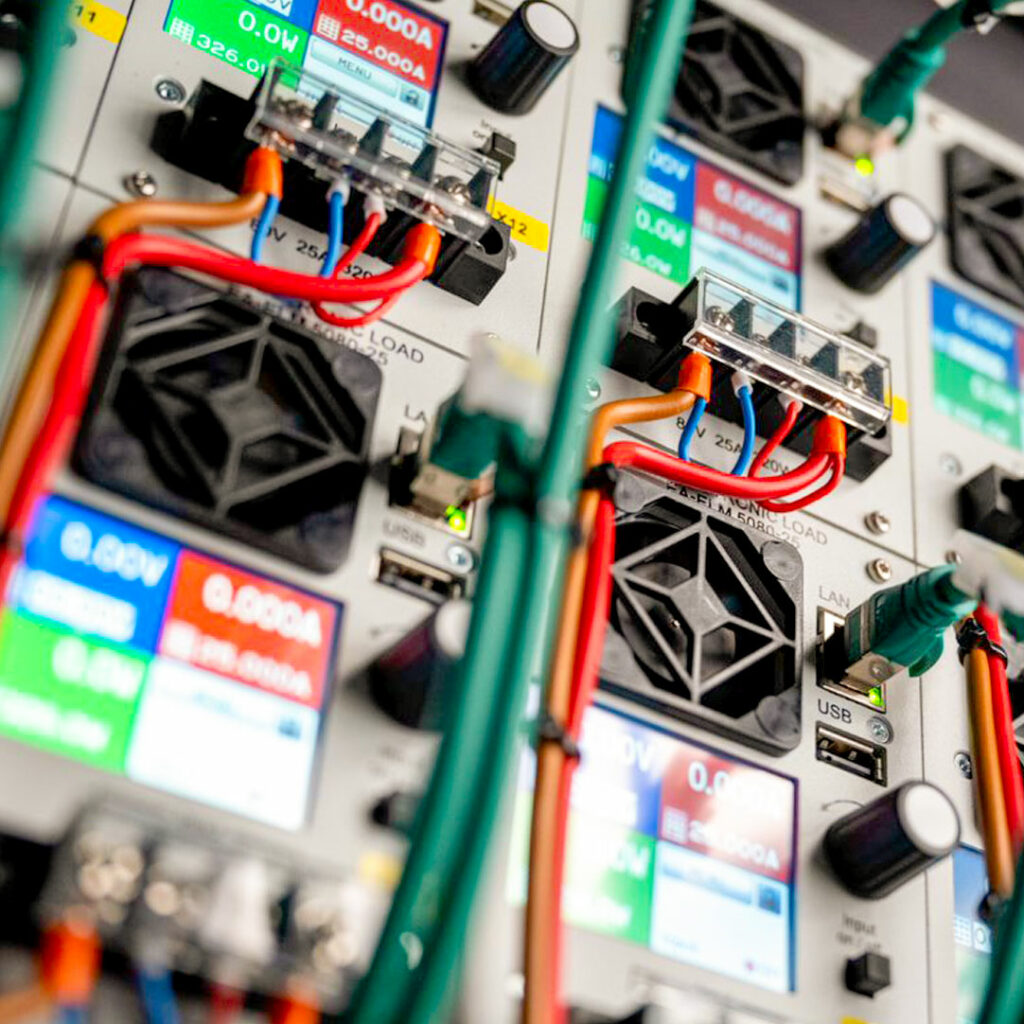
The targeted residual discharge of the electrical energy still stored in the cells reduces the risk potential for the subsequent recycling process on the one hand and improves the energy balance of the process on the other by allowing a return to the drying treatment and a reverse direction to the mains feedback.
drying
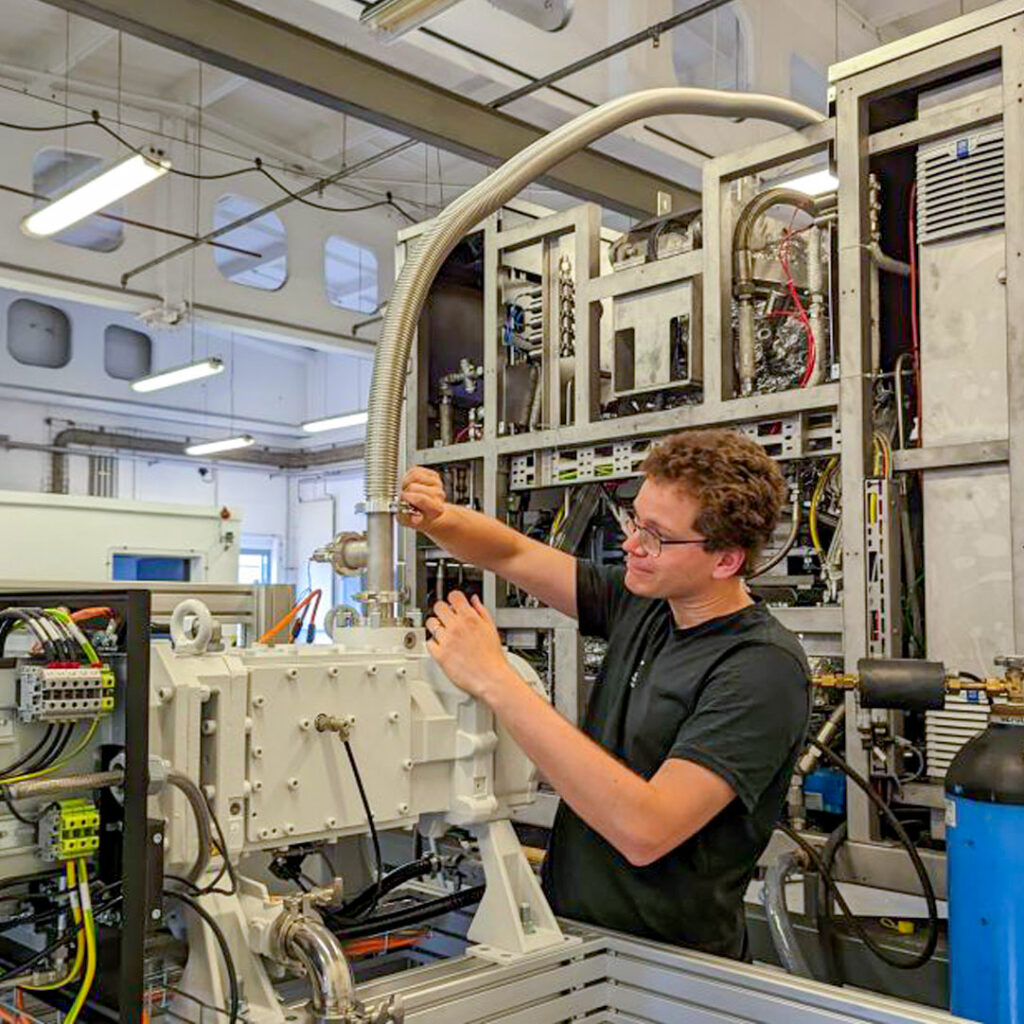
The discharged lithium-ion batteries are crushed in an inert atmosphere and thereby broken down. The battery components are then sent to our vacuum drying system, in which the volatile electrolytes evaporate through the generation of negative pressure in combination with the supply of heat.
separation
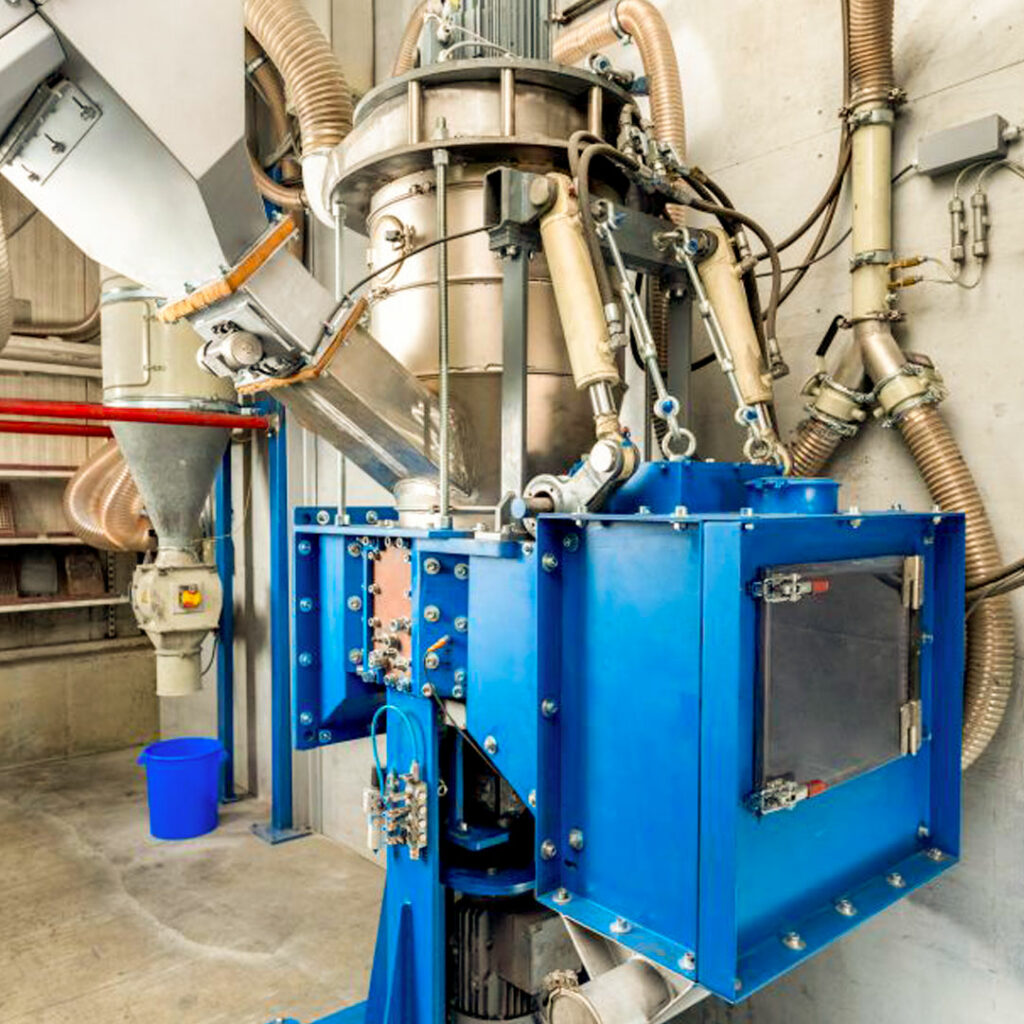
The dry cell components are fed to the impact reactor. A special rotor ensures that the coatings detach from the carrier foils and the released Black Mass is discharged using an air flow and patented deflector wheel technology.
